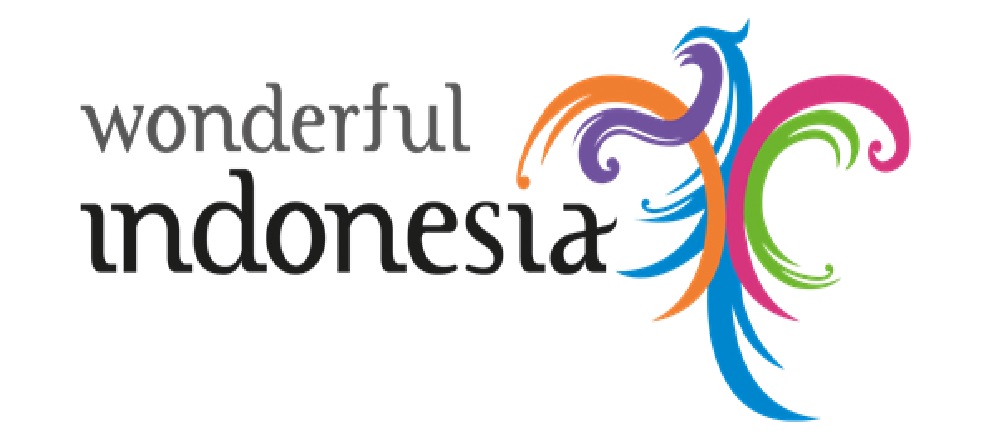Jakarta History Museum

Located in the Old Jakarta Kota area, Taman Fatahillah square offers three of the most interesting museums of the city. The square underwent a significant restoration in 1970 when the region became the centre of the colonial administration from the 18th century. There was a reservoir amidst the square that functioned as the primary water source for the colonial capital. The Portuguese cannon on the square’s north side is reportedly an impressive symbol of fertility.
The Jakarta History Museum would be the only demonstrating the background of the evolution of the town, Jakarta and its neighbourhood, before today since the prehistory. This museum is situated in the land that previously called Stadhuis, Batavia’s City Hall. The building had been built throughout the VOC period and Governor General Abraham van Riebeeck found it from the town authorities of Batavia in 1707. It is based on an inscription of the Museum group. This building is located in front of a playground, which as Stadhuisplein, the City Hall Park was known previously, and it’s named Taman Fatahillah.
Since 1970, the area of Taman Fatahillah was declared as Cultural Property; it was also well-preserved. This effort was the beginning of the evolution of the historical region of the Town of Jakarta, carried out from the Government of DKI Jakarta. The Museum of History Jakarta was inaugurated on 30 March 1974 to be the centre for conservation, collection and research for all kinds of items of cultural property linked to the foundation of the Town of Jakarta. Precisely, it also becomes a centre for instruction, study and recreation for the community.

Because of the long history of Jakarta, the selections of this museum are varied in shape. It is undeniable as it contains heritage collections of the prehistoric period until the beginning of the 20th century. There are just other replicas of the Tugu Inscription in Great King Purnawarman’s Time. It was forming signs that this Kingdom of Tarumanegara’s centre was situated round the seaport of Tanjung Priok. Further, a map of the century and the replica of this Portuguese’s Padrao monument signify the historical evidence of the era of Sunda Kelapa Harbor. Jayakarta’s period is the beginning of the establishment of this City bronze cannon and via various drawings and maps of the century.
Furniture set of Betawi design in the 17th, 18th and 19th century belongs to the most comprehensive one in the world and is the most precious collection. This collection is exciting since the association reflects the area of Batavia City with cultural components from Europe, notably India, China, Dutch and Indonesia.
Before you plan a trip to Jakarta, be sure to read more about Jakarta and Indonesia by visiting Wonderful Indonesia.